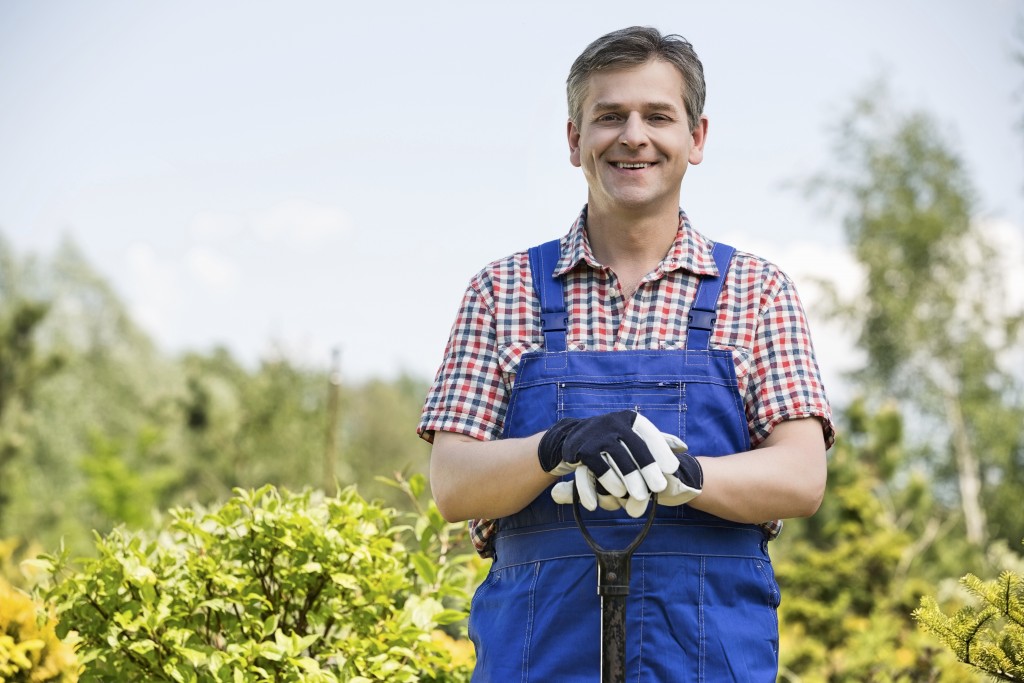Elevation makes growing vegetables and other plants a little more complicated. A greenhouse can reduce the problems, but you’ll need to eventually deal with them if you want to maximize your growing efficiency.
UV Damage
The sun is good for your crops, but not the harmful ultraviolet (UV) radiation that comes along with it. UV damages the biological structure of most living beings, altering their DNA and causing irreparable damage. UV makes plants more vulnerable to diseases, impairs photosynthesis, and hinders growth. UV radiation gets more concentrated at higher elevations.
Salt Lake City’s 4,000 feet of elevation exposes it to as much as 28 percent more UV compared to cities at sea level. Of course, you can’t put sunblock on your plants, but you can protect them from UV in other ways. Opt for polycarbonate sheets instead of glass for your greenhouse. Polycarbonate sheets filter sunlight, preventing close to 99 percent of UV from getting to your crops.
Warmth

Higher altitude leads to lower air pressure, and temperatures get colder the lower the pressure. The temperature drops by 3.6 Fahrenheit for every 1,000 feet of elevation, making Salt Lake City colder by 14°F and Park City colder by almost 30°F. Fortunately, Utah has more than 200 days of clear skies and sunlight, so all you need to do is take advantage of it.
Polycarbonate panels are once again a better option than standard greenhouse glass. They freely absorb the sunlight and provide more insulation than glass. Sunlight is dispersed as it passes through the sheets, distributing the sunlight more evenly inside your greenhouse and eliminating the need for careful placements to avoid shadows.
Polycarbonate greenhouses are considerably hotter, allowing you to extend your growing period until early winter. You can even plant hardier crops during winter or just use the time to fix things up a bit in your greenhouse and maybe get some more mulch for your next growing season.
Crops
You might find a few problems growing specific crops at high altitudes. Some plants grow well in higher elevation, and some are more sensitive to the thinner air, lower air pressure, and colder temperatures. Root crops are particularly resilient. You shouldn’t have trouble growing carrots, potatoes, turnips, onions, garlic, and most other of their ilk.
Leafy vegetables can be vulnerable to frost. However, you can safely grow them inside your greenhouse. Growing lettuces, cabbages, Brussel sprouts, spinach, broccoli, and others shouldn’t be much of a problem for a well-insulated greenhouse. Strawberries thrive on cold temperatures, and altitude doesn’t seem to pose problems for it.
Tomatoes can be difficult to grow, but you can grow them during the warmer months. Crops that are particularly sensitive to altitude and cooler temperatures that you might have trouble with include peppers, eggplants, asparagus, melons, and pumpkins.
In the end, you can elevate your gardening skills by knowing the effects of altitude. Take steps to reduce problems caused by UV and the cold while opting for crops that are more suited for high altitude.

